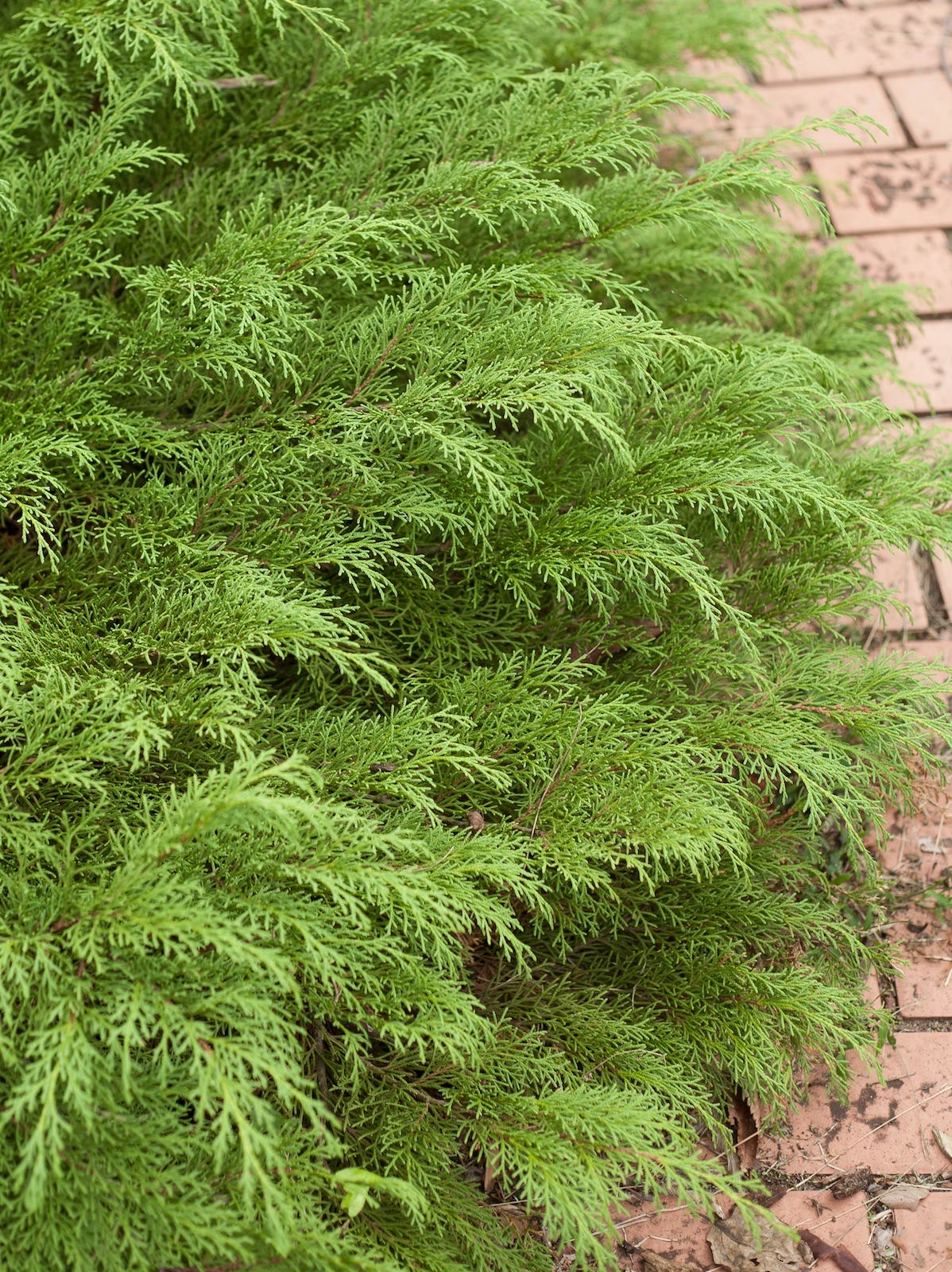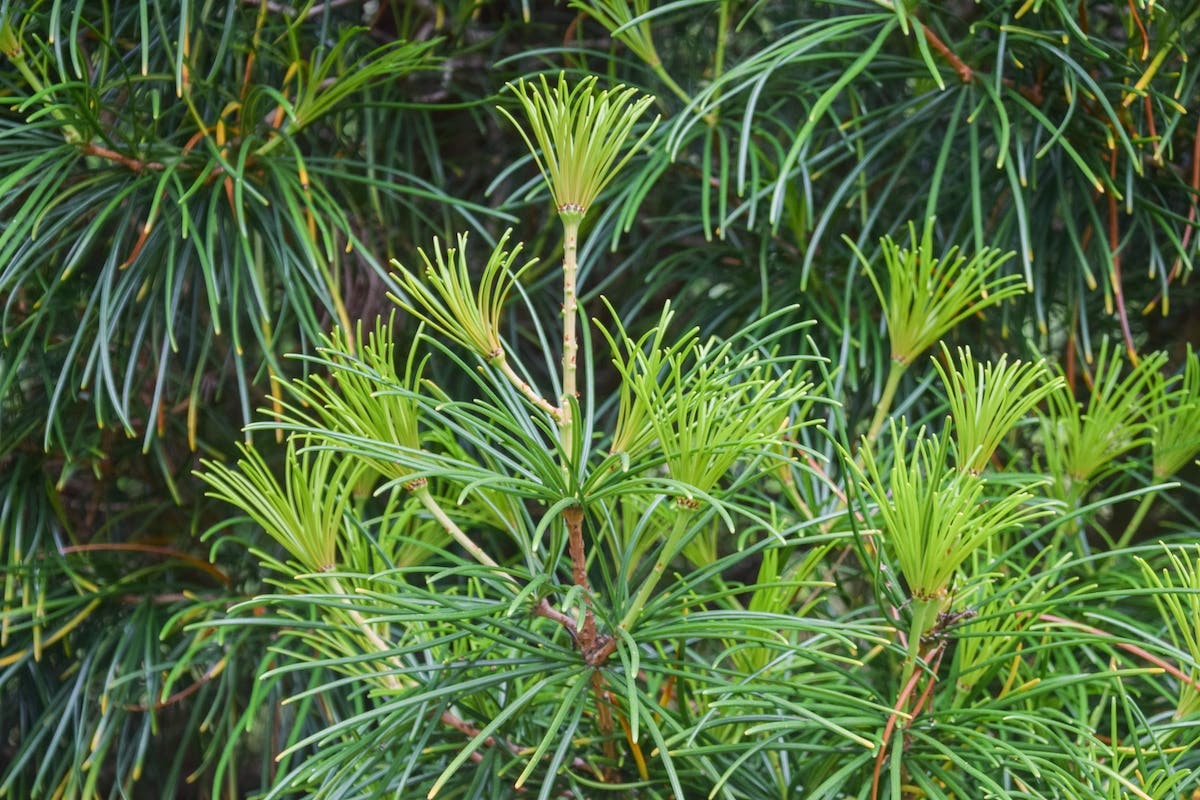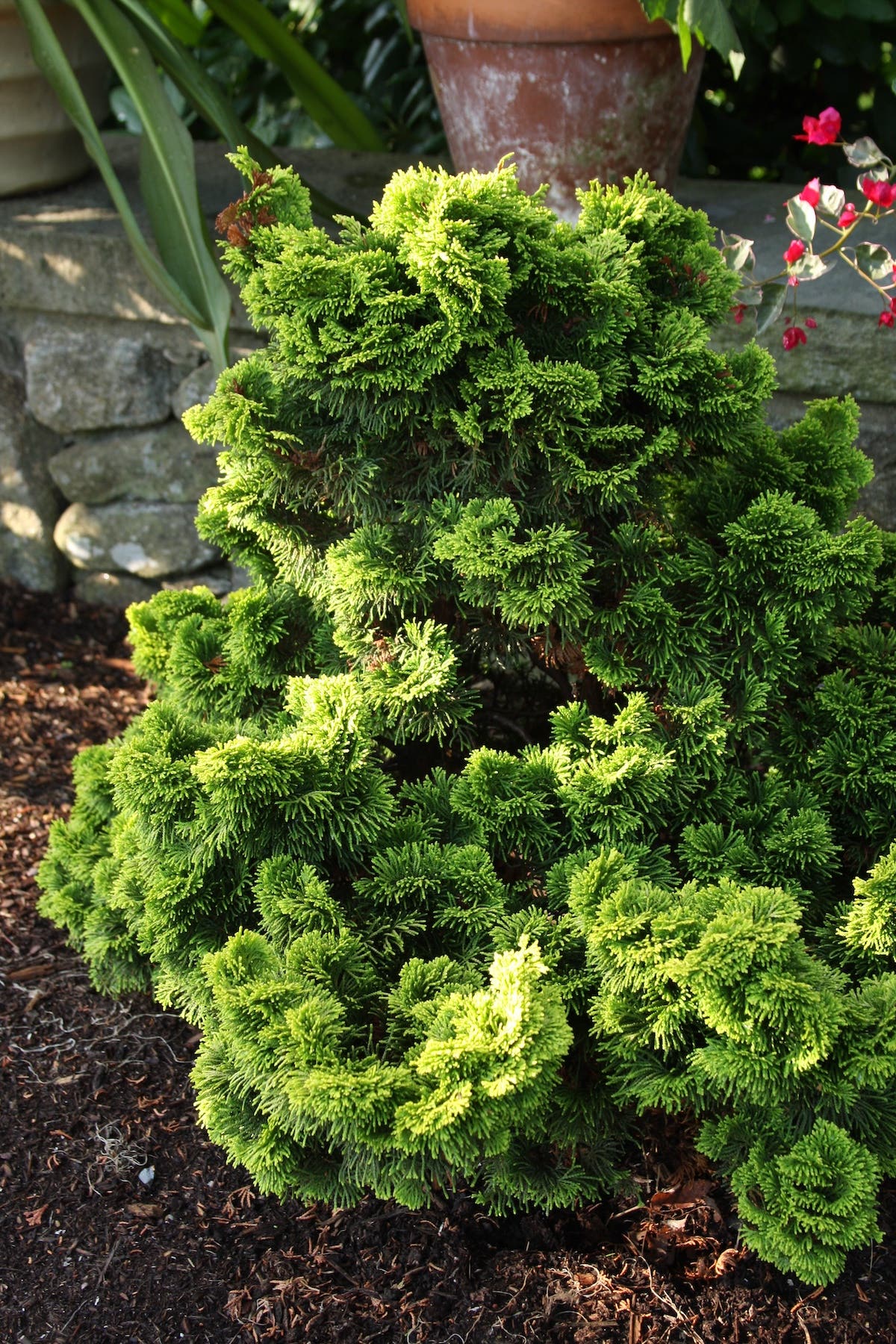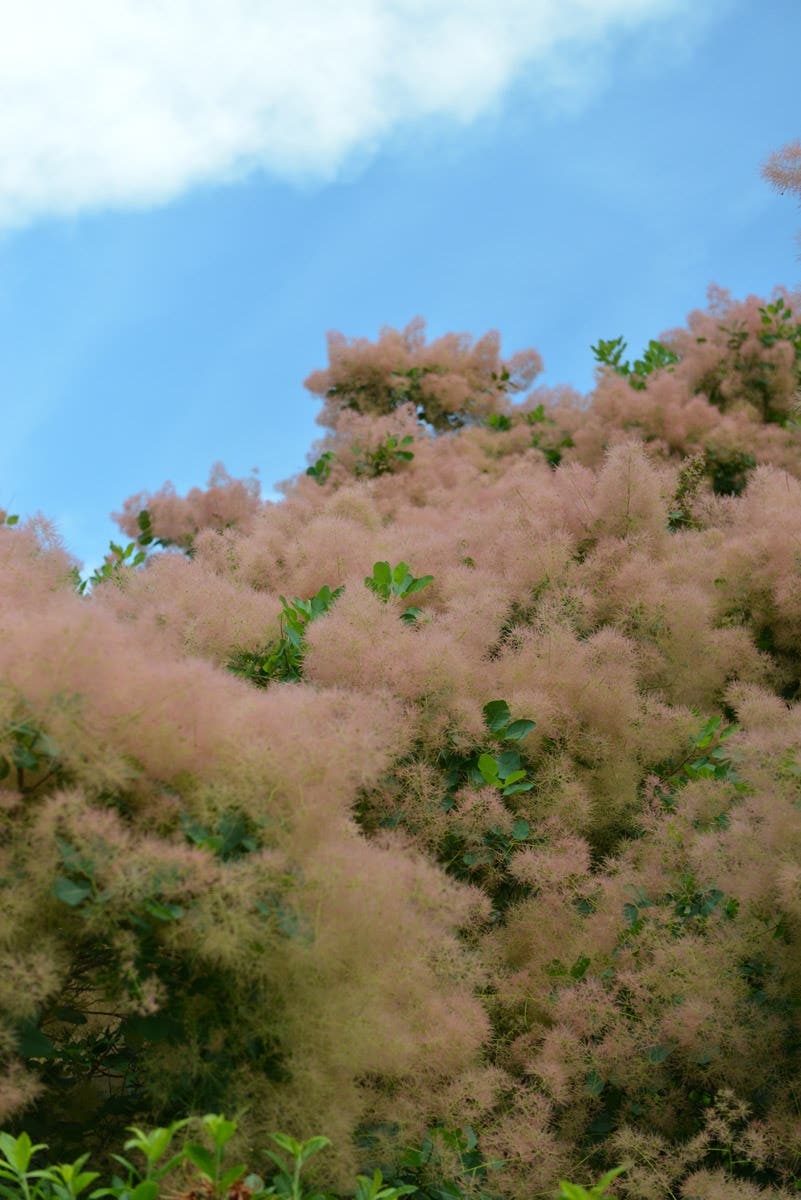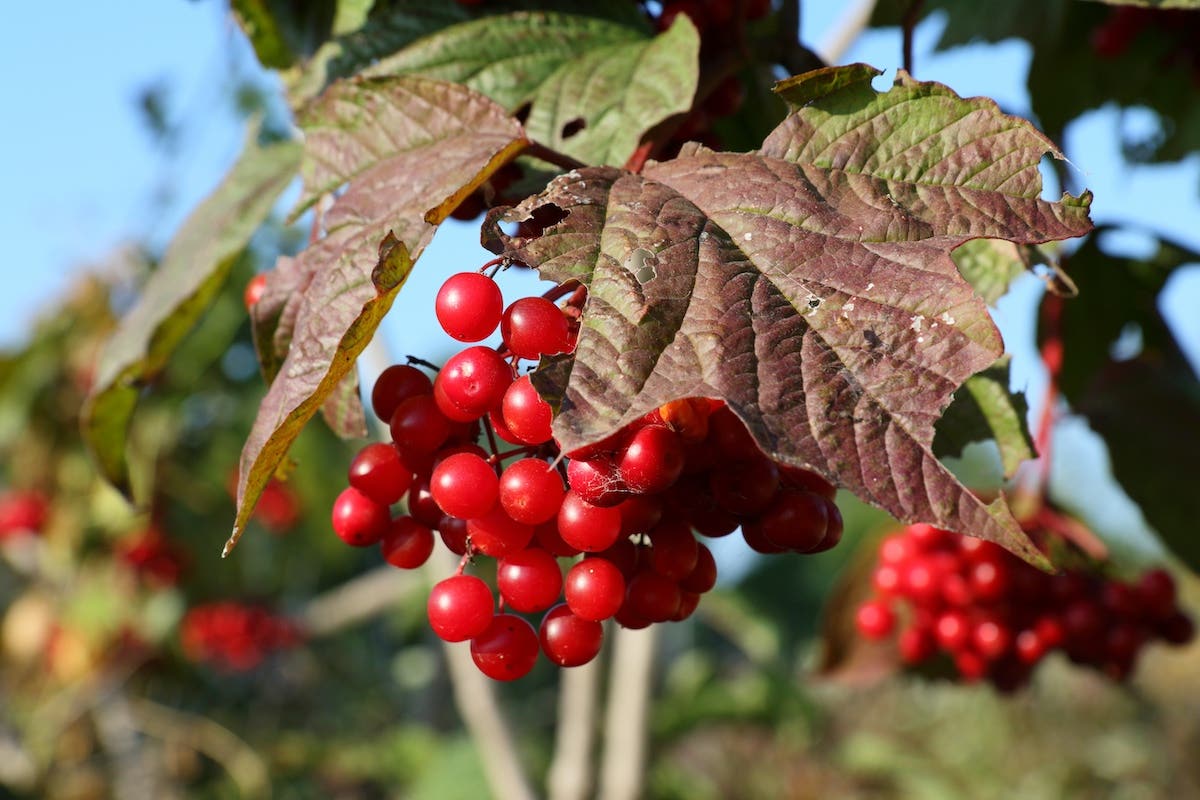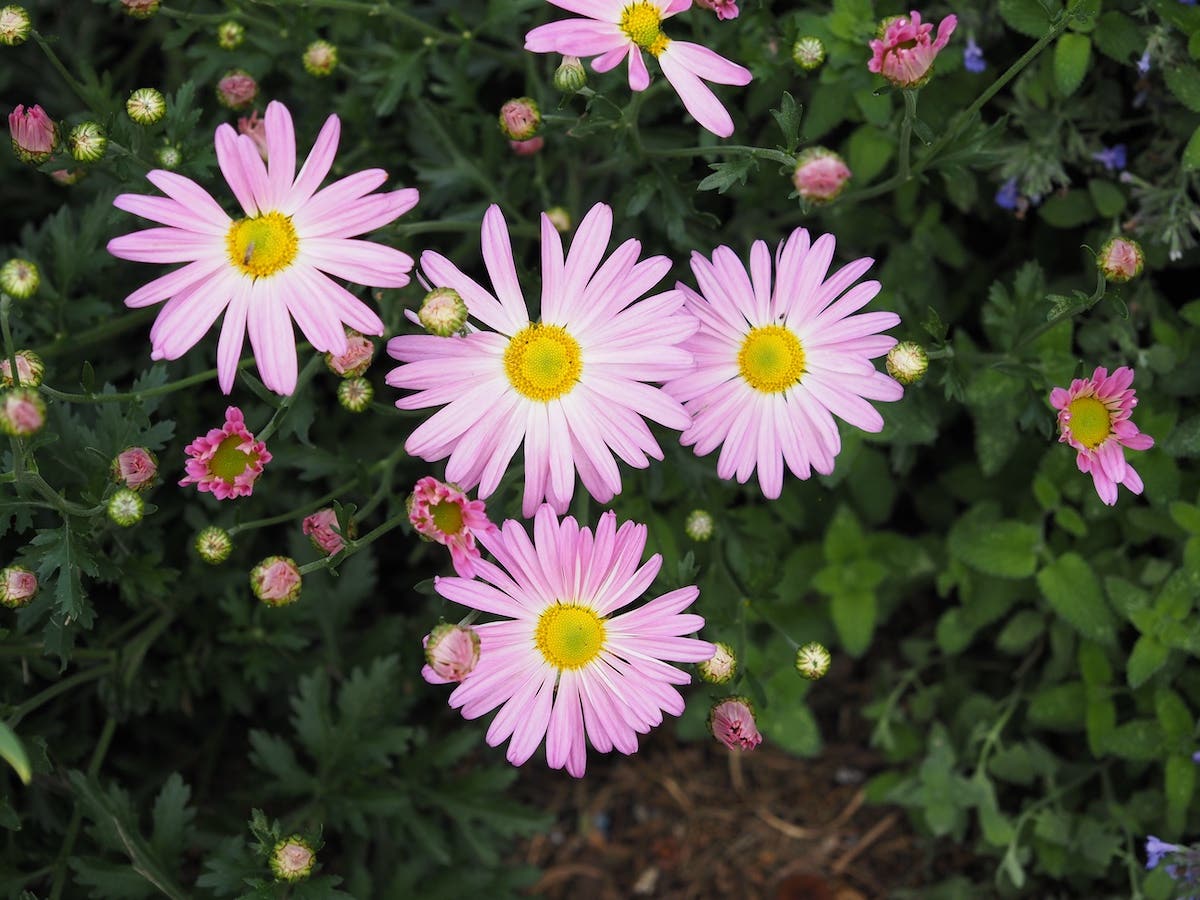Purely perennial gardens, as lovely as they are in midsummer when the delphiniums bloom, have a look of desolation in winter—there is no color, no indication of life. To borrow from Gertrude Stein, there is no there there. Add woody plants to the mix, however, and the garden in winter is still a garden. Arching branches, peeling bark, and fuzzy buds bring some semblance of life to the garden in a bleak season. Color doesn't usually come to mind as an attribute of the winter garden—beyond gray, brown and black, of course. But the reds, corals, oranges, and yellows offered by the stems of shrubby dogwoods offer not only the benefit of winter structure, they also can turn on the lights in the winter garden.
The three species of dogwoods that are most often planted for their colorful stems, in addition to interesting foliage, are Cornus alba, the Tatarian dogwood, with a native habitat that ranges from Siberia and Manchuria to North Korea; C. sanguinea, the bloodtwig dogwood, which is native to Europe; and C. sericea (sometimes listed as C. stolonifera), the red osier dogwood, which is native to most of northern and western North America. Winter stem color—often more intense than during the growing season—may be black, red, coral, yellow or, in some cultivars, a mix.
A number of selections also display variegated foliage, which adds several seasons to the shrubs’ charm. The foliage of C. alba ‘Gouchaultii’, for example, is splashed with yellow and pink (with red winter stems), and C. stolonifera ‘Hedgerow's Gold’ has deep golden leaf margins (with green to reddish winter stems). The wide, irregularly white edges to the foliage of C. alba ‘Argenteomarginata’ (also known as ‘Elegantissima’) and its tall, vertical habit create a good foil to low, mounding evergreens such as Rhododendron ‘Lucy Lou’, which has white spring flowers to match the variegated foliage of the dogwood, or the boxleaf Japanese holly, Ilex crenata ‘Convexa’. And fall color, although variable from cultivar to cultivar, can bring strong autumn tones to the garden. Cornus stolonifera ‘Baileyi’ shows red-purple fall foliage, as does ‘Alleman's Compact’ (which may be listed as either C. alba or C. stolonifera).
Shrubby dogwoods come in sizes convenient to any garden, with some selections perfect for use as a low deciduous border. Cornus stolonifera ‘Kelseyi’ (to only 2 ft.) has a dense growth habit and reddish stems; C. alba ‘Red Gnome’ (to 4 ft.) shows bright red stems; and ‘Ivory Halo’ (to 6 ft.) has red stems with the bonus of foliage broadly margined in white.
FAMILY FEATURES
The colored-stemmed dogwoods exhibit characteristics common to the genus Cornus: the leaves are arranged paired and opposite on the stems, and the veins turn from the base toward the tip, and so look almost parallel. When a leaf is gently pulled apart, white threads that run through the veins can be seen. Cornus alba has noticeable lenticels (small pores) on the stems. White or yellowish flowers appear in mid- to late summer, followed by clusters of white (or bluish) berrylike drupes. Neither flower nor fruit is overwhelming.
All three of these shrubby dogwood species are hardy in USDA Zones 3 to 8. Although they may suffer in the heat and humidity of the Southeast (Zone 8), they perform well in the cool summers of the Pacific Northwest (also Zone 8). The tallest selections can grow from 8 to 10 feet high or more, but it is unlikely that any will reach the upper limits, because you will be cutting them back in order to get better color on the stems. It is likely, however, that they will spread five feet or more, depending not only on the species and cultivar, but also on the soil, water, and exposure in your garden.
Grow in full sun (which brings out the best stem color) to part shade. Shrubby dogwoods tolerate wetness and prefer humusy soil, but will grow well in almost any but the driest conditions, making them accommodating companions to a wide variety of garden plants. Cornus alba and C. sanguinea sucker from the roots, and may eventually spread to a stand about 5 to 10 feet wide. Cornus sericea spreads by stolons, which are underground stems, and so will colonize as large an area as you let it. Horizontal branching is minimal, except for C. sanguinea, which can become twiggy.
HOW TO USE SHRUBBY DOGWOODS
The best place to plant shrubby dogwoods is where you will see them frequently. Movement around the garden is limited in winter, and often our travels amount only to trips out the front door to the mailbox or out the back door to the garage or trash bin. We spend a great deal of time looking out the window, wondering why we didn't divide that huge ‘Elegans’ hosta in October, or anxiously waiting for the tips of the earliest daffodils to show. Wherever your eyes rest in winter, that's the place to put a C. stolonifera ‘Cardinal’ so that its cherry-red stems will warm the very air about it. Or bring a bit of sunshine in with a stand of the canary-yellow stems of C. alba ‘Bud's Yellow’.
If you have the luxury of space, plant a dense stand of C. alba ‘Sibirica’ (also known as ‘Westonbirt’) or the yellow-variegated-leaved ‘Spaethii’, so that in winter the leafless stems form a haze of red. But even small gardens can benefit from the brightness added by just one plant, especially when set off well.
Shrubby dogwoods are often recommended as hedge or screening plants, which seems to contradict the orders to prune hard yearly for best stem color. What good is a hedge that disappears at the end of each March? Instead of using the dogwoods as the screen, use a workhorse evergreen for the hedge, and plant the dogwoods in front. This will provide you not only with a more permanent hedge, but the evergreens will act as a backdrop for the bright tones of the dogwoods. A single plant of C. stolonifera ‘Flaviramea’ (yellow stems) or C. sanguinea ‘Winter Flame’ (yellow stems shading to orange red; also called ‘Winter Beauty’) against a busy background of other twigs and branches can be lost. But put the same stems up against the rich green background of a medium-size Hinoki cypress like Chamaecyparis obtusa ‘Nana Gracilis’, or a yew hedge, and the dogwoods shine.
Darker stems, such as the purple black of C. alba ‘Kesselringii’ or deep red C. sanguinea ‘Atrosanguinea’, disappear against the deep color of conifers, so set them off by planting them in front of a light-colored garage wall or a wooden fence. Background is especially important for gardeners in northern latitudes where the winter sun hangs low in the sky; when the sun is used to backlight stems, it usually ends up shining (when it does shine) straight into your eyes.
Shrubby companions to these dogwoods can both complement and contrast with the dogwoods’ form and color. In addition to the mounding evergreens, use deciduous shrubs that have a more horizontal angle of repose. With its arching stems, semievergreen Cotoneaster franchetii even adds to the show with its scarlet berries; pair it with the canary-yellow stems of C. alba ‘Bud's Yellow’ or C. stolonifera ‘Silver and Gold’, which has broad white margins to its leaves. For even more vibrancy, pair one of these yellow-stemmed shrubs with the orange, pink, and red stems of C. sanguinea ‘Midwinter Fire’, the deep red of C. alba ‘Siberian Pearls’, or the bright red of ‘Sibirica Variegata’. Or use all of them together in wild abandon—a gardener's way to banish winter gloom.


